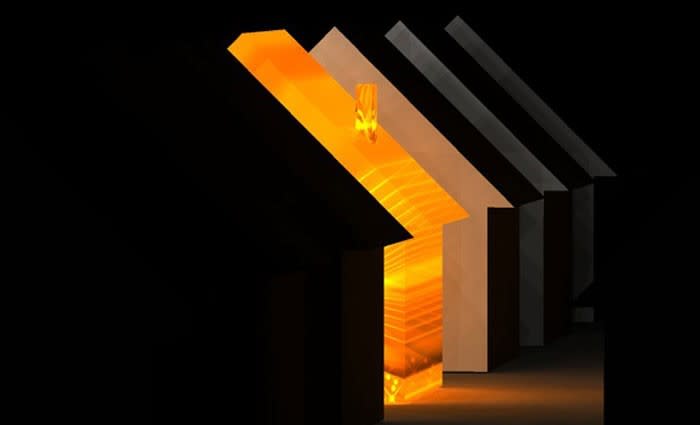The correlation between property sales volumes and prices rises: Terry Ryder
Median prices and price indexes are very blunt instruments for measuring real estate markets.
When it comes to charting what’s happening in property markets, price data is a long way behind the game and prone to all kinds of statistical absurdities.
Price statistics are part of a chain reaction which means most investors get into markets too late to buy well. After something fundamental changes in a market, causing activity to start rising, it can be six months before it starts to be reflected in prices and even longer before it comes to attention of consumers via the media.
If you’re reading there’s a price boom somewhere, you’ve already missed the best time to purchase by at least 12 months. But that’s the signal that sparks most investors into action.
Fortunately, there’s a better way.
It’s one of clear patterns of real estate that changes in sales activity translates into price reactions, all other things being equal. It’s sounds simplistic but it’s not - it’s merely simple. There’s a correlation between sales volumes and prices rises/falls. But the change in activity comes first and the price reaction follows later.
So there are plenty of lessons to be seen in what’s happening to sales activity in major markets around the country.
Our latest edition of The Price Predictor Index shows quite starkly how much the Sydney and Melbourne markets have declined in terms of activity.
Boom markets seldom extend beyond three years and Sydney’s cycle has inevitably passed its peak and turned south. The vast Sydney metropolitan area, with over 700 suburbs, is bereft of suburbs with forward momentum. Many suburbs now display patterns of sharply declining sales levels – and many of those areas are now experiencing price stagnation or decline.
Melbourne has followed Sydney into the post-boom phase of the property cycle. There has been a marked downturn in the number of growth suburbs in the Greater Melbourne area, down from 105 in our previous quarterly survey to 28. Most of the ranked suburbs now have Plateau markets (sales tapering off at levels below their peak).
While Melbourne generally is fading, one region that continues to pump is the Mornington Peninsula LGA. Bayside suburbs at opposite ends of the price spectrum - Rosebud West (median house price $425,000) and Sorrento ($900,000), and several others in between - have markets where sales activity is rising steadily.
Meanwhile, the City of Greater Geelong is the No.1 market in Victoria. It has plenty of upwardly-mobile suburbs, more than any other LGA in the state and fourth best in the nation (behind three municipalities in South-East Queensland). A standout feature is the growing sales activity in cheaper suburbs such as Norlane, Corio, Belmont and Clifton Springs. This doesn’t surprise, as Geelong thrives on being an affordable alternative to Melbourne.
Torquay on the Surf Coast south of Geelong and the towns of the Bass Coast LGA - including Inverloch, Wonthaggi and Cowes – are also travelling well.
Meanwhile, and this will surprise many people, Adelaide ranks as the leading capital city market now. It has more suburbs with rising sales activity (47) than all other cities. Brisbane is the only serious challenger, with 41 growth suburbs.
Adelaide’s No.1 municipality is the Port Adelaide Enfield LGA. This is one of the largest municipalities in Adelaide, covering the inner north and north-west of the city. Eight suburbs in this LGA have forward momentum, mostly suburbs with median house prices in the range from $380,000 to $510,000. They include Broadview, Northgate, Windsor Gardens and Largs Bay.
Also chugging along nicely is the City of Charles Sturt, one of those solid middle-market areas that have strong property markets amid the steady rise of Adelaide.
The Charles Sturt LGA includes bayside suburbs west of the Adelaide CBD, including rising markets such as Henley Beach (median house price $690,000) and Henley Beach South ($830,000), as well as some more affordable locations such as Findon ($475,000), Kidman Park ($555,000), Semaphore Park ($480,000) and Seaton ($455,000).
Brisbane and South-East Queensland still have good activity happening. The Gold Coast remains the No.1 municipality in the nation in terms of the number of suburbs with growing sales activitity and the No.2 and No.2 LGAs in that regard are found in the Brisbane metropolitan area.
The Greater Brisbane area has a smaller number of growth markets than three months ago, but remains considerably stronger than Sydney and Melbourne. Its leading precincts are two fringe areas on the periphery of the metropolitan area – the Moreton Bay Region in the far north and Logan City in the far south. This suggests the Brisbane cycle is at or close to its peak. But, for now, it remains one of the strongest cities.
The other standout city is Hobart. The last time Hobart captured the national imagination for property investment was in 2003/2004. Most the intervening period has been characterised by economic and population stagnation and an enduring status as the basket case of the national economy.
But all that has changed. Tasmania is a contender again and this has translated into rising performance in the Hobart property market. Sales numbers are up, prices and rents are responding, and investors are starting to take action.
It helps that Hobart has the lowest prices, high rental yields and lowest vacancies among the eight capital cities.
Terry Ryder is the founder of hotspotting.com.au. You can email him or follow him on Twitter.
